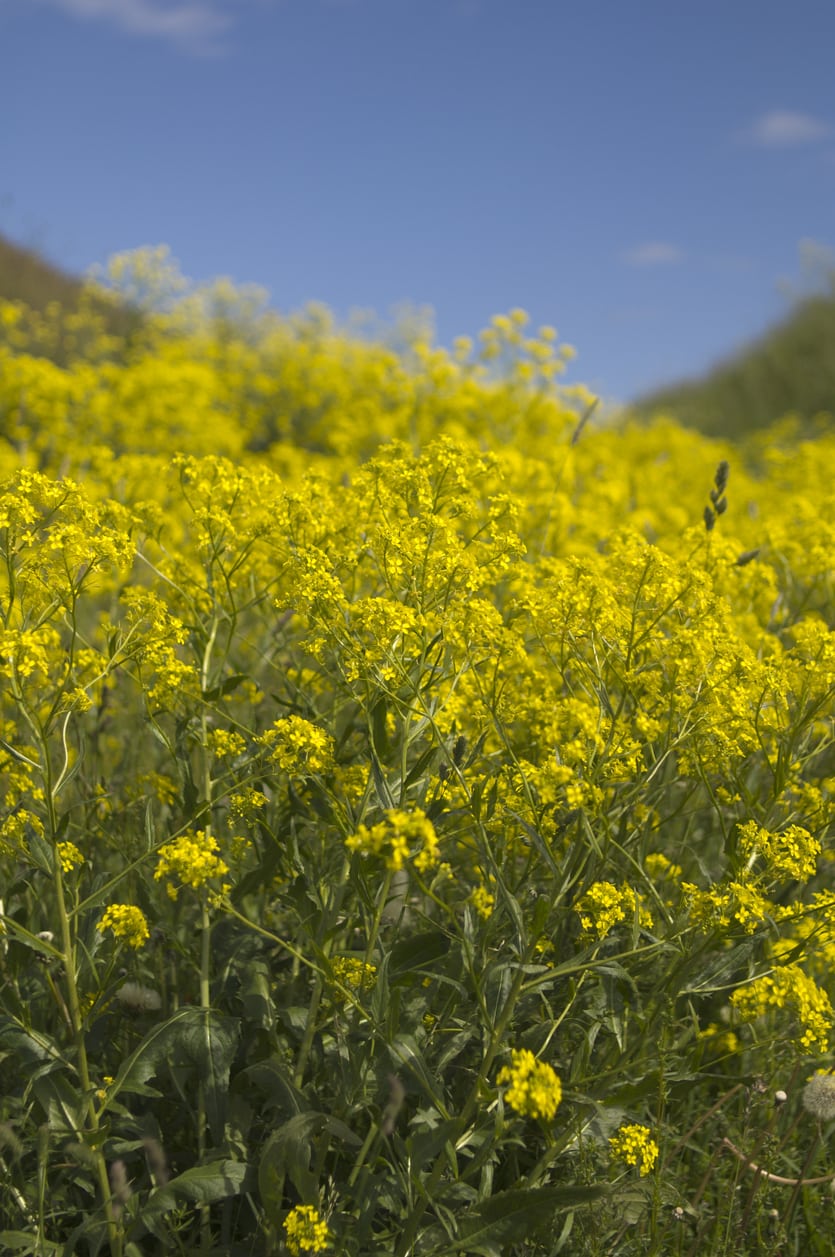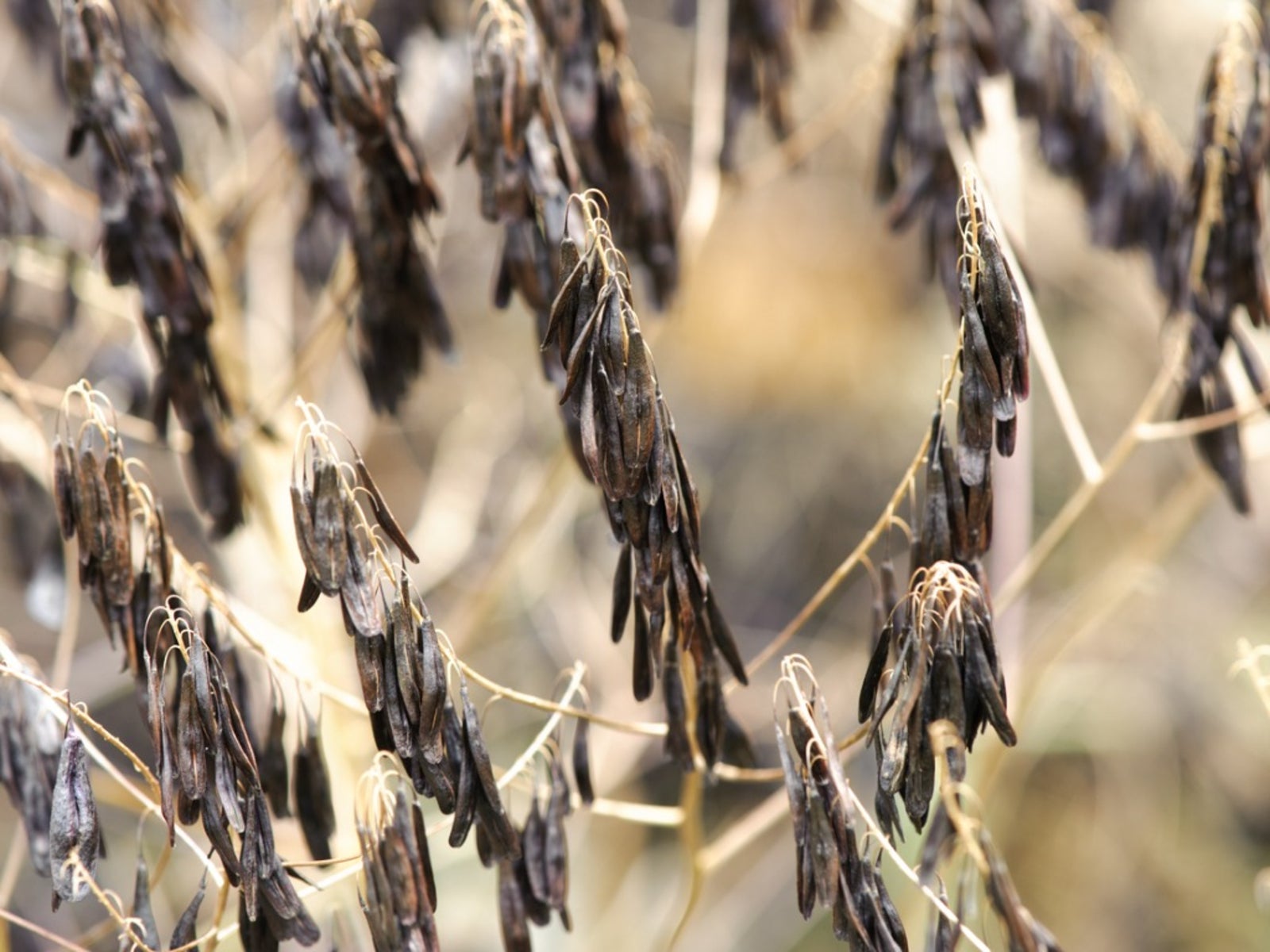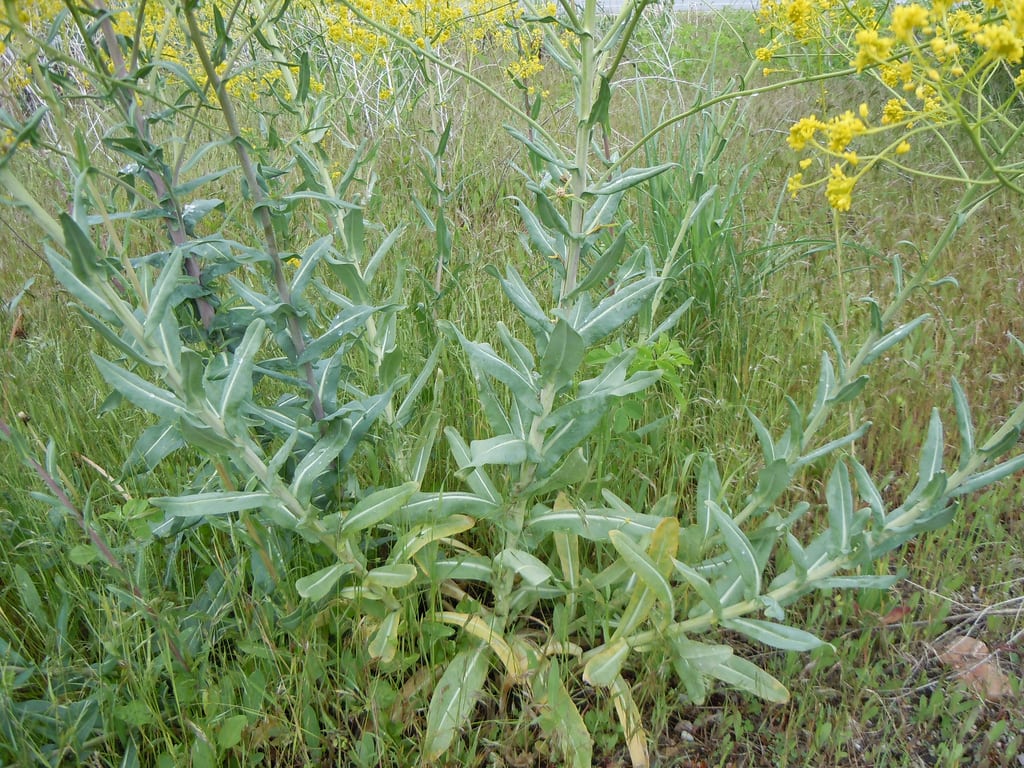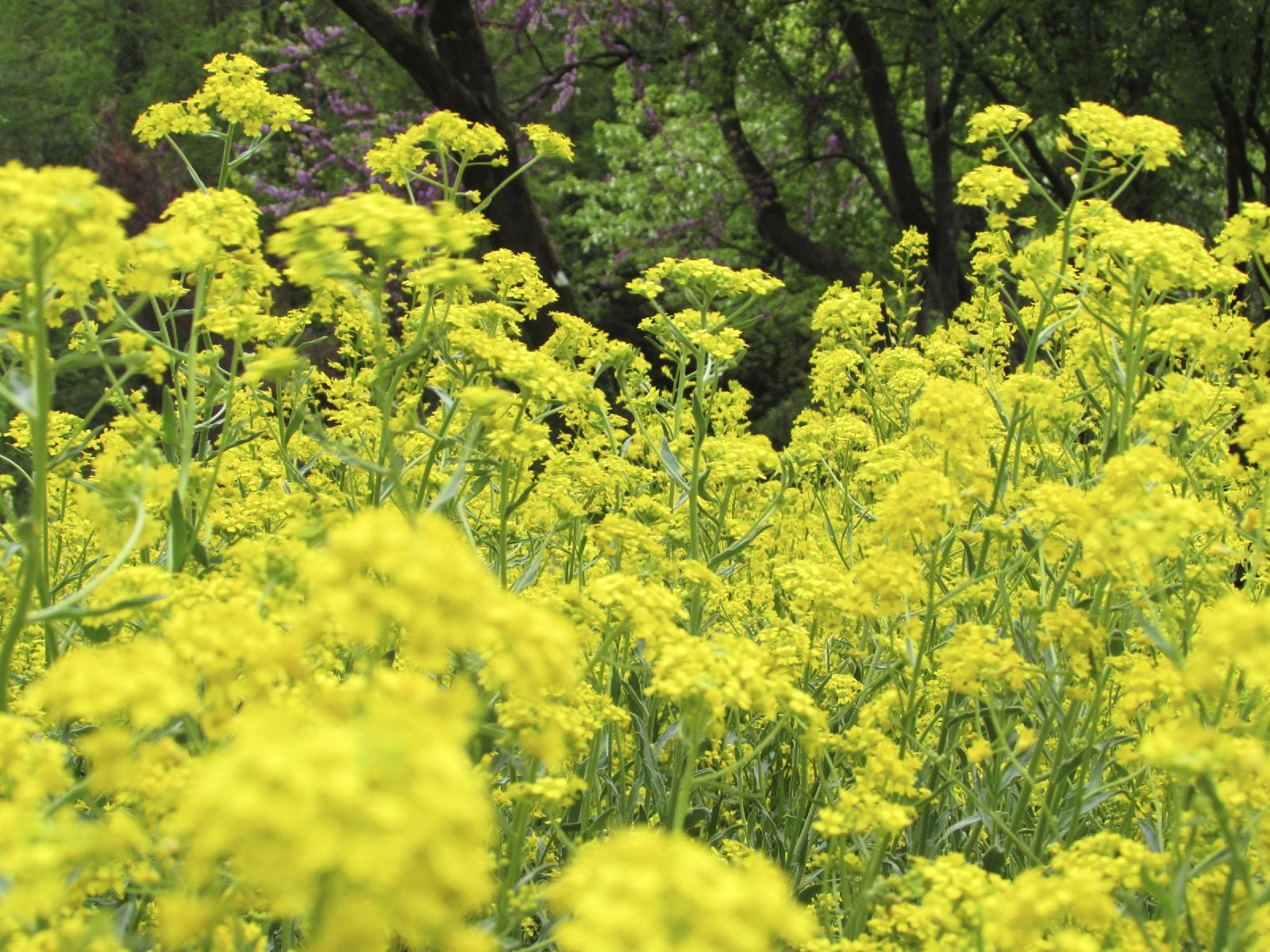Dyeing With Woad – How To Get Dye From Woad Plants


You don't need to be a prepper to love the look of home-dyed wool. DIY dyed yarn and fabric allows you to control the colors as well as the chemical process. Woad is a plant that has been used as a natural dye for centuries. Extracting dye from woad takes a little practice, but it is worth it. When prepared properly, dye from woad plants results in a sky envying blue. You must follow all instructions for making woad dye or you might end up with dismal greenish yellow tones.
Dyeing with Woad
The process of making natural dyes isn't dead yet. Many self-taught enthusiasts have the formulas to create a rainbow of natural hues from plants. Woad is a biennial plant with long, rabbit ear leaves. These are the source of a wonderful dye when prepared with the proper steps. Learn how to make dye out of woad and create brilliant blue yarn and fabric. Deep blue colors once came from indigo and woad before chemical dyes were produced. Woad has been used since the Stone Age and was the source of the body paint used by the Picts. Woad balls were an important trade item until cultivation of the plant was restricted in the late 1500's. Eventually, Asian produced indigo replaced the plant, although some dye from woad plants was produced up until 1932, when the last factory closed. Extracting dye from woad was done by "waddies," generally family groups that harvested and produced the dye in mills. These mills were moveable, since woad depletes soil and must be rotated.
How to Make Dye Out of Woad
Making woad dye is a lengthy process. The first step is to harvest leaves, and you will need a lot. Cut off leaves and wash them thoroughly. Tear or cut up the leaves and then steep them in water that is 176 degrees F. (80 C.) for 10 minutes. Let the mixture cool in an ice bath. This is crucial to retaining the blue color. Next, strain the leaves and squeeze them to get out all the liquid. Add 3 teaspoons (15 g.) of soda ash to a cupful of boiling water. Then add this liquid to the strained dye. Use a whisk for 10 minutes to mix and create a frothy brew. Dip out the brew into jars and let it settle for several hours. The pigment at the bottom is your woad dye. The liquid needs to be strained from the sediment. Very fine cheesecloth or other closely woven cloth can be used to facilitate the process. You can then dry the sediment for storage or use it straight away. To use it, liquidate the powder with water and add a tiny bit of ammonia. Heat the mixture up to a light simmer. Dip your yarn or fabric in boiling water prior to immersing it in the dye. Depending upon the color you require, you may need repeated dips in the dye mixture. Initially, the color will be greenish yellow but oxygen exposure helps develop the blue hue. In other words, the more dips, the deeper the color will become. You now have an all-natural indigo color tailor made to your needs.
Gardening tips, videos, info and more delivered right to your inbox!
Sign up for the Gardening Know How newsletter today and receive a free copy of our e-book "How to Grow Delicious Tomatoes".

Bonnie Grant is a professional landscaper with a Certification in Urban Gardening. She has been gardening and writing for 15 years. A former professional chef, she has a passion for edible landscaping.
-
 Looking For Plants To Give You The Soft And Fuzzies? Try These 5 Fuzzy Leaf Plant Options
Looking For Plants To Give You The Soft And Fuzzies? Try These 5 Fuzzy Leaf Plant OptionsLovers of texture, drama, silver foliage and tactile plants will adore these special sensory garden additions. These fuzzy leaf plant options will leave you all aglow
By Susan Albert
-
 Get Ready For A Summer Of Hummers! Grow These Full Sun Hummingbird Plants and Flowers
Get Ready For A Summer Of Hummers! Grow These Full Sun Hummingbird Plants and FlowersIf you’re lucky enough to enjoy a sunny backyard, make sure you are maxing out on your pollinator opportunities and grow these full sun hummingbird plants and flowers
By Tonya Barnett
-
 Is Woad A Weed – How To Kill Woad Plants In Your Garden
Is Woad A Weed – How To Kill Woad Plants In Your GardenThe woad plant is now naturalized in much of North America, although it is native to Europe. Is woad a weed? That depends upon your definition of a weed. If you need help getting rid of woad, then this article may help. Click here to learn more.
By Bonnie L. Grant
-
 Woad Propagation Methods: Tips For Growing New Woad Plants
Woad Propagation Methods: Tips For Growing New Woad PlantsDyer's woad is considered a noxious weed in some parts of the world, so you should check to make sure it's okay to grow in your area before planting. If it is safe, however, there remains one big question: how do you go about propagating woad plants? Find out here.
By Liz Baessler
-
 How To Plant Woad Seeds – Planting Woad Seeds In The Garden
How To Plant Woad Seeds – Planting Woad Seeds In The GardenWoad is not only a useful plant for dye, it also has a lovely, classic wildflower look, with clusters of yellow flowers followed by decorative blue-black seed clusters. To learn how to plant woad seeds in your own wildflower garden, click on the following article.
By Darcy Larum
-
 Woad Leaf Harvesting – How To Pick Woad Leaves For Dyeing
Woad Leaf Harvesting – How To Pick Woad Leaves For DyeingIt may not look like it, but in its plain looking green leaves there?s a very effective blue dye hiding. If you?ve already planted dyer?s woad, the next step in the process is harvesting the leaves. Learn more about when and how to pick woad leaves for dyeing in this article.
By Liz Baessler
-
 Woad Uses Beyond Dye: What Can Woad Be Used For In The Garden
Woad Uses Beyond Dye: What Can Woad Be Used For In The GardenThe uses of woad, for more than dyeing, are surprisingly plenty. Since ancient times, people have had many medicinal uses for woad, from treating a fever to healing lung infections and the measles and mumps viruses. Learn more in this article.
By Mary Ellen Ellis
-
 Woad Plant Care: Tips On Using Woad Plant Dyes
Woad Plant Care: Tips On Using Woad Plant DyesEastern Indian merchants began to introduce indigo to Europe where woad was the preferred dye. What is a woad plant and what other interesting information can we dig up? Is there a difference between indigo and woad plant dyes? Find out here.
By Amy Grant